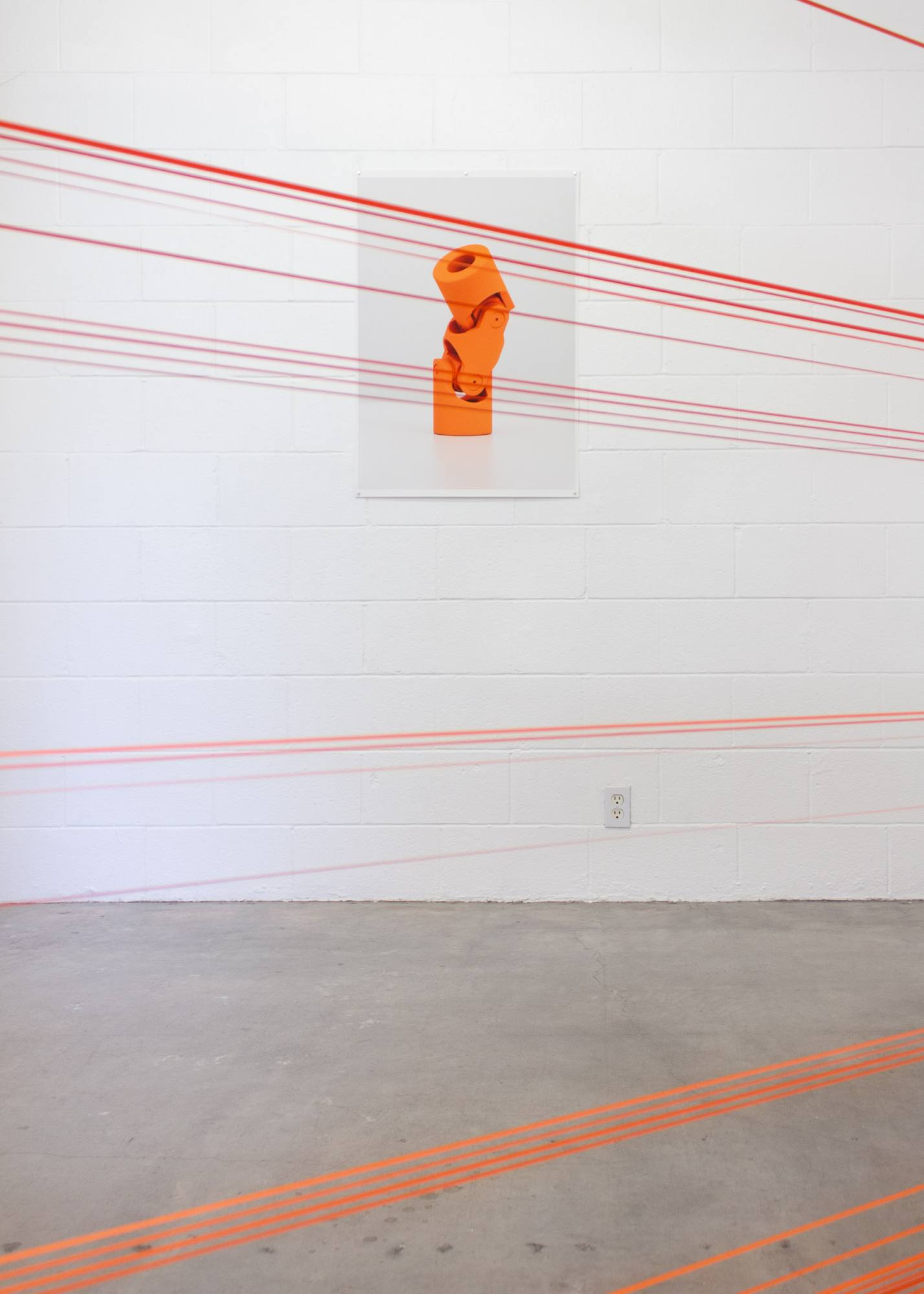Noysky Projects presents Continental Colors, an exhibition by Carsten Becker (Berlin) and Willem Besselink (Rotterdam) that explores the symbolic power of color as expressed through European and American literature and industrial design. The exhibition pairs Frontviews collective (Berlin) with Noysky Projects (LA) as part B-LA Connect, a week-long cultural exchange between Los Angeles and Berlin-based collectives, hosted by project spaces around LA.
Opening Reception: July 19, 6-9pm
Exhibition hours: Thursday-Saturday, noon–5pm
Noysky Projects
6727 ⅞ Hollywood Blvd
Los Angeles, CA 90028






For the exhibition, the two artists explore the regulations, norms and systems of color: Becker photographs standardized industrial parts from the DIN catalog, and compares RAL, German color collection used for pigments, with the classic American military hue, “Olive Drab”; while Besselink investigates the imaginary colors mentioned in literature from the Golden State. Both artists decontextualize color from their historic, literary, and emotional backgrounds in search of the patterns of logic, allowing the viewer to experience underlying concepts behind the use of color.
Becker’s interest in color standardization came through extensive research into totalitarian systems and transgenerational trauma, specifically with regard to the difficult reckoning of his grandfather’s role as a Nazi soldier during World War II. In his explorations of DIN and RAL catalogs from 1917/1925, Becker focused on standardized colors, like “Dunkelgelb” (Dark yellow), introduced by the German armed forces in 1943, and “Olive Drab”, the camouflage color of the U.S. Armed Forces, which helped to shape their countries’ respective identities during WWII.
In his series Romankleuren (Novel colors), Besselink processes colors mentioned in novels. For this exhibition, he focused specifically on novels written and set in LA. He uses self-created sets of rules as vehicles to make them visually-tangible. His drawings result into a coded network of colored lines, whose angles change with each subsequent chapter. In his paintings, Besselink translates the poetics of imaginary colors into quantifiable color blocks. Orange ribbons, derived from Karen Tei Yamashita‘s novel Tropic of Orange (1997), span the exhibition space and superimpose the architectural system.
In Continental Colors, Becker and Besselink dissect the symbolic power of colors as represented in historical documents and literature. By arranging hues into new forms and media, they offer unfiltered access to the works and their inherent systems: In Becker’s Reinorange (Pure orange), a seemingly cheery mechanical joint has insidious undertones, given the color and standardized parts were both used by the German military police. In Besselink’s drawings, the optimistic radiance of golden lines turns brittle when the viewer realizes that Ben H. Winters’ novel Golden State (2018) is one about a dystopian surveillance state.



